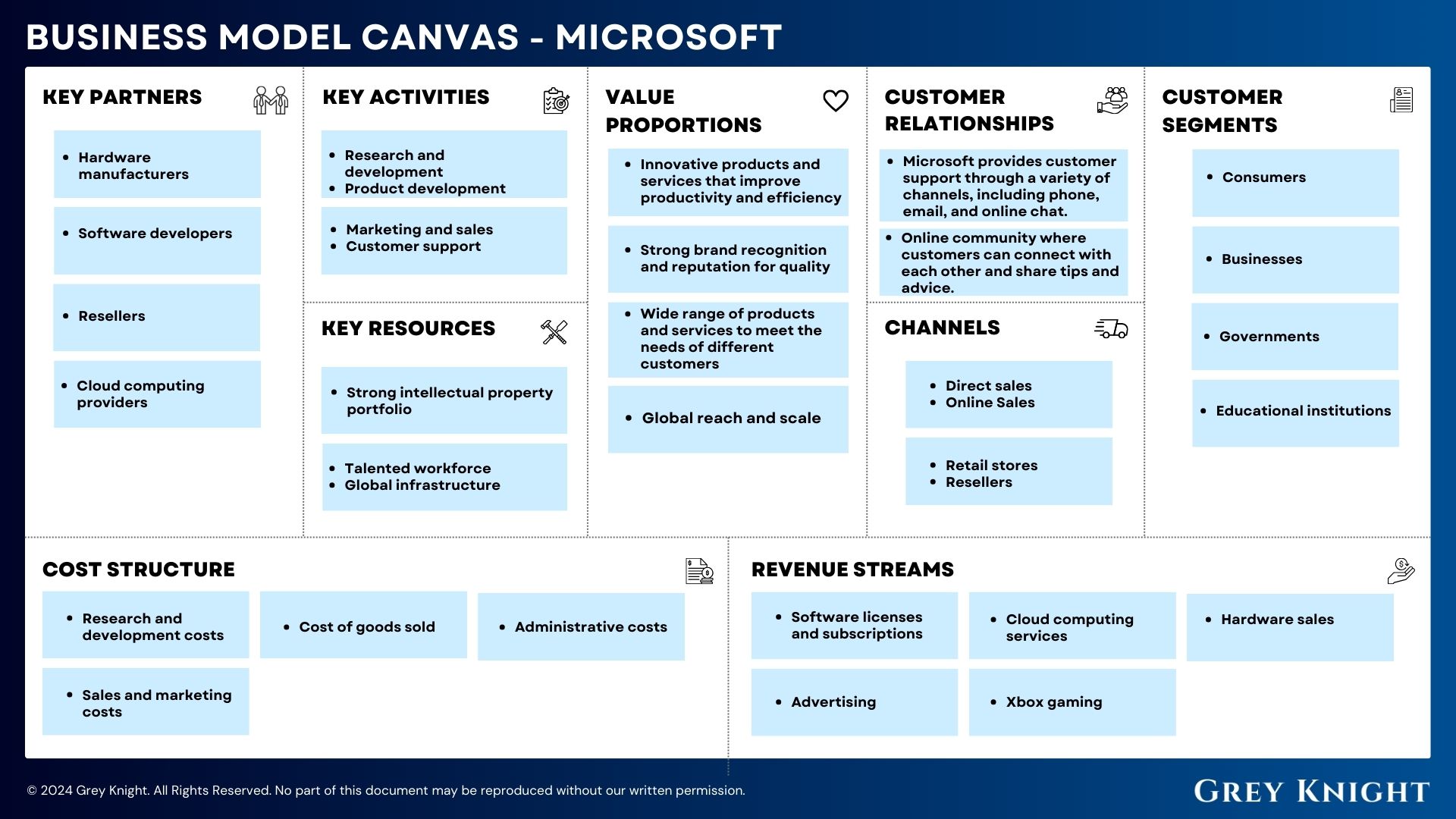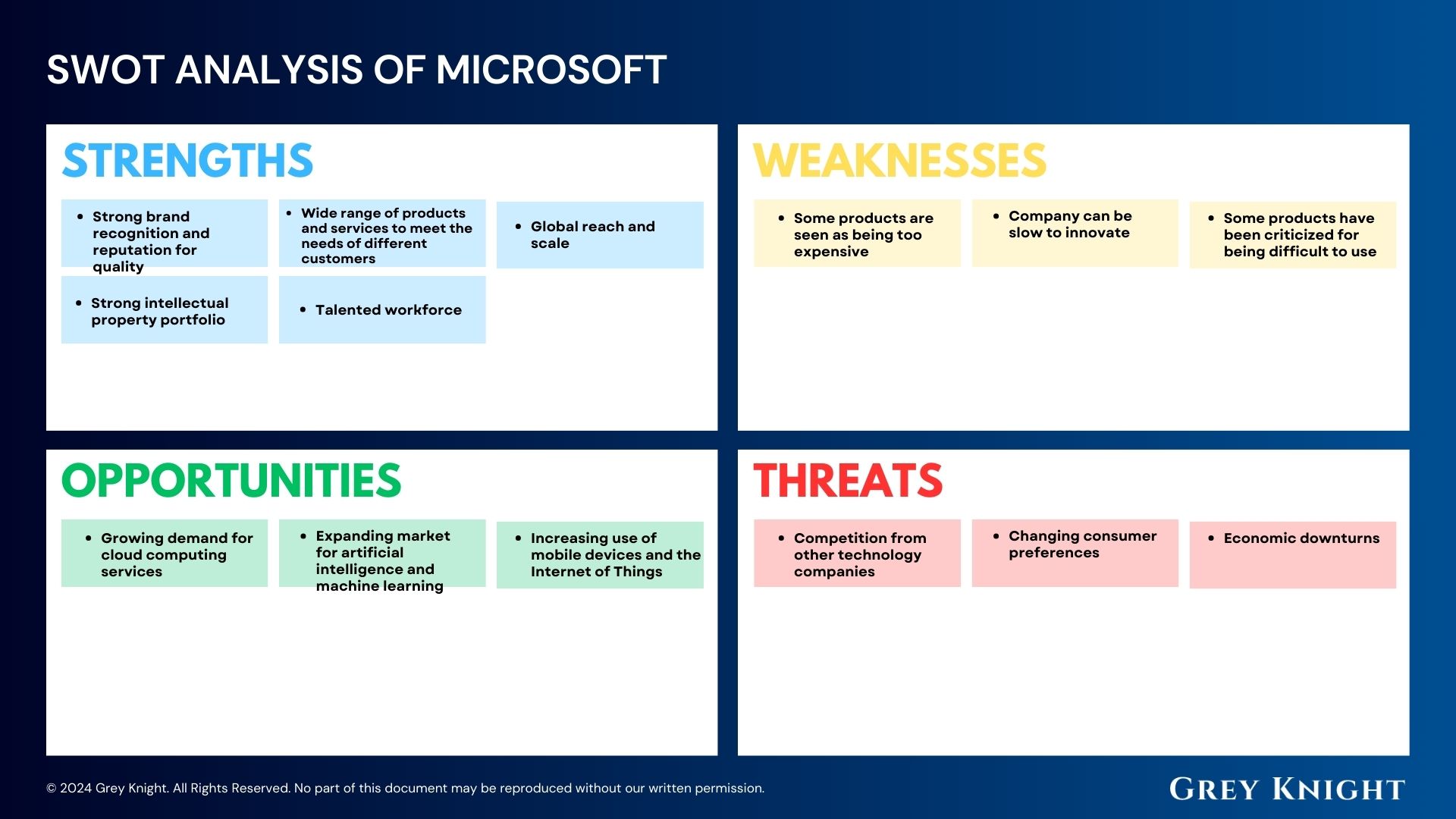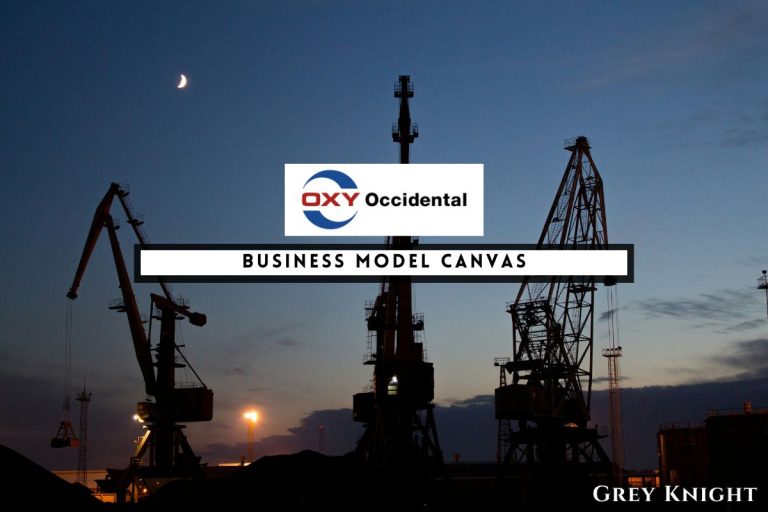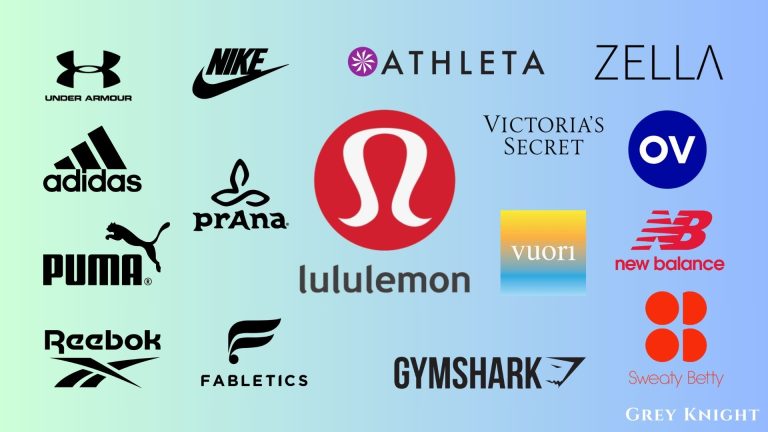Table of Contents
ToggleA Brief History of Ferrari
Ferrari is an Italian luxury sports car manufacturer founded by Enzo Ferrari in 1939. Originally known as Scuderia Ferrari, the company initially sponsored race car drivers and manufactured racing cars before moving into the production of street-legal vehicles. The first Ferrari production car, the 125 S, was built in 1947.
Throughout its history, Ferrari has become synonymous with luxury and performance, producing some of the most iconic and desirable sports cars in the world. The company has also had great success in motorsport, with numerous victories in Formula One and other racing series.
In 1969, Fiat became a minority shareholder in Ferrari, and in 2014, Fiat Chrysler Automobiles (FCA) announced that it would be spinning off Ferrari into a separate company, Ferrari, and selling a portion of its stake in an initial public offering. Today, Ferrari is a publicly traded company listed on the New York Stock Exchange and continues to produce high-end sports cars and compete in motorsport at the highest level.
Who Owns Ferrari?
Ferrari is a publicly traded company, which means that it is owned by shareholders who hold stock in the company. The largest shareholders of Ferrari are institutional investors, including mutual funds, pension funds, and other financial institutions. As of the most recent data, the top 10 shareholders of Ferrari are as follows:
1. Exor – 22.91%
2. Piero Ferrari – 10.53%
3. BlackRock, Inc. – 5.70%
4. The Vanguard Group, Inc. – 2.99%
5. Norges Bank Investment Management – 2.22%
6. Capital Research & Management Co. – 1.93%
7. Invesco Ltd. – 1.65%
8. UBS Asset Management – 1.15%
9. Credit Suisse Asset Management – 1.12%
10. Baillie Gifford & Co. – 1.10%
These shareholders collectively own a significant portion of the company and have a stake in its performance and success.
Ferrari Mission Statement

Ferrari’s mission is to build the world’s most powerful and technically advanced cars, reflecting the company’s passion for racing and pushing the boundaries of performance. The company’s commitment to excellence is evident in the design, engineering, and craftsmanship of its vehicles, ensuring each car embodies the spirit of innovation and delivers an unparalleled driving experience for its customers. Ferrari also strives to uphold its legacy of luxury, style, and exclusivity, setting itself apart as a world-renowned brand in the automotive industry.
Who Ferrari Makes Money?
Ferrari makes money primarily through the sale of luxury sports cars and related merchandise. The company’s revenue stream is primarily driven by the sales of its high-performance vehicles, which are highly sought after by wealthy individuals and collectors. In addition to car sales, Ferrari also generates revenue through licensing agreements, brand partnerships, and the sale of branded merchandise such as clothing, accessories, and memorabilia. The company also offers customization and personalization services for its cars, further expanding its revenue potential. Overall, Ferrari.’s business model revolves around the exclusive appeal of its products and the strong brand recognition it has built over the years.
Ferrari Business Model Canvas
The Business Model Canvas is a strategic management tool that allows businesses to outline and visualize their key business activities and value propositions in a single, easy-to-understand document. It provides a framework to identify and analyze the key elements of a company’s business model, and how they interact with each other.
Customer Segments:
– Ferrari targets high-net-worth individuals who have a passion for luxury sports cars and exclusive automotive experiences.
– They also target collectors and enthusiasts who are interested in rare and limited edition vehicles.
– The company also caters to automotive enthusiasts who are interested in the racing and performance aspects of their vehicles.
Value Propositions:
– Ferrari offers its customers the promise of exclusivity, luxury, and high-performance vehicles.
– The brand’s rich heritage, superior craftsmanship, and innovative technology sets them apart from other luxury car manufacturers.
– Ferrari provides customers with a unique and customizable experience, allowing them to personalize and customize their vehicles to their exact specifications.
Channels:
– Ferrari utilizes a combination of direct sales through their global network of dealerships and showrooms, as well as a strong online presence to reach and engage with their customers.
– The company also engages in strategic partnerships with luxury retailers, lifestyle brands, and automotive events to promote and showcase its products.
Customer Relationships:
– Ferrari focuses on building long-term relationships with its customers through personalized and exclusive experiences, such as invitation-only events, test drives, and access to premier racing events.
– The company also maintains strong customer relationships through after-sales services, exclusive club memberships, and personalized communication channels.
Revenue Streams:
– Ferrari generates revenue from the sale of its high-performance sports cars.
– They also derive revenue from merchandising, licensing, and brand collaborations.
– The company has additional revenue streams from its racing division, Formula 1 team, and exclusive experiences and events.
Key Resources:
– Ferrari’s key resources include its brand reputation, manufacturing facilities, research and development capabilities, and network of dealerships and showrooms.
– The company’s strong relationships with suppliers, designers, engineers, and racing talent are also key resources for their success.
Key Activities:
– Designing, engineering, and manufacturing high-performance sports cars and luxury vehicles.
– Developing and implementing marketing, advertising, and branding strategies to promote and maintain the Ferrari brand.
– Engaging in research and development to innovate and improve their products and technologies.
Key Partners:
– Ferrari partners with automotive suppliers and manufacturers for components, materials, and technology.
– The company also forms alliances with luxury lifestyle brands for collaborations and exclusive partnerships.
– Ferrari collaborates with racing teams, drivers, and sponsors for their Formula 1 racing division.
Cost Structure:
– The cost structure of Ferrari includes the expenses related to research and development, manufacturing, marketing, and sales operations for their vehicles.
– The company also incurs costs associated with after-sales services, customer relationship management, and maintaining a global network of dealerships and showrooms.
– Ferrari also invests in brand and image management, as well as sponsorships and partnerships related to their racing division.
Ferrari’s Competitors
Ferrari faces stiff competition in the luxury automotive market, particularly from some of the world’s most iconic and high-performance car brands. The top 5 competitors of Ferrari include:
1. Lamborghini
2. Porsche
3. McLaren
4. Aston Martin
5. Maserati
These competitors all produce high-end, luxury vehicles that appeal to the same customer base as Ferrari, and they constantly vie for market share and consumer attention in the premium automotive sector.
Ferrari SWOT Analysis
Strengths:
1. Strong brand recognition and reputation
2. High-quality and luxurious product offerings
3. Successful racing pedigree and technology transfer
4. Global presence and distribution network
Weaknesses:
1. Dependence on a limited product portfolio
2. Vulnerability to economic downturns and changing consumer preferences
3. High production costs and limited scalability
4. Reliance on a small customer base
Opportunities:
1. Expansion into emerging markets
2. Development of electric and hybrid vehicle technologies
3. Introduction of new product lines, such as SUVs
4. Strategic partnerships and collaborations
Threats:
1. Intense competition from other luxury automotive brands
2. Fluctuating exchange rates and geopolitical risks
3. Increasing regulations and emission standards
4. Disruption from new entrants in the automotive industry
Concluding Analysis
In my analysis of Ferrari’s business model, I see a company that has successfully leveraged its brand and heritage to create a unique and profitable business. The focus on limited production and exclusivity has proven to be a winning strategy, and the company’s expansion into new product lines and markets shows promising potential for growth. As an analyst, my perspective on the future of Ferrari is optimistic. I believe that the company’s strong leadership, innovative approach to luxury, and commitment to excellence will continue to drive its success in the years to come. With a solid foundation and a clear vision for the future, I see Ferrari continuing to thrive in the competitive automotive industry.
Additional Resources
To keep learning and advancing your career, we highly recommend these additional resources:
Business Model Canvas of The Top 1,000 Largest Companies by Market Cap in 2024
A List of 1000 Venture Capital Firms & Investors with LinkedIn Profiles
Peter Thiel and the 16 Unicorns: The Legacy of Thiel Fellowship












